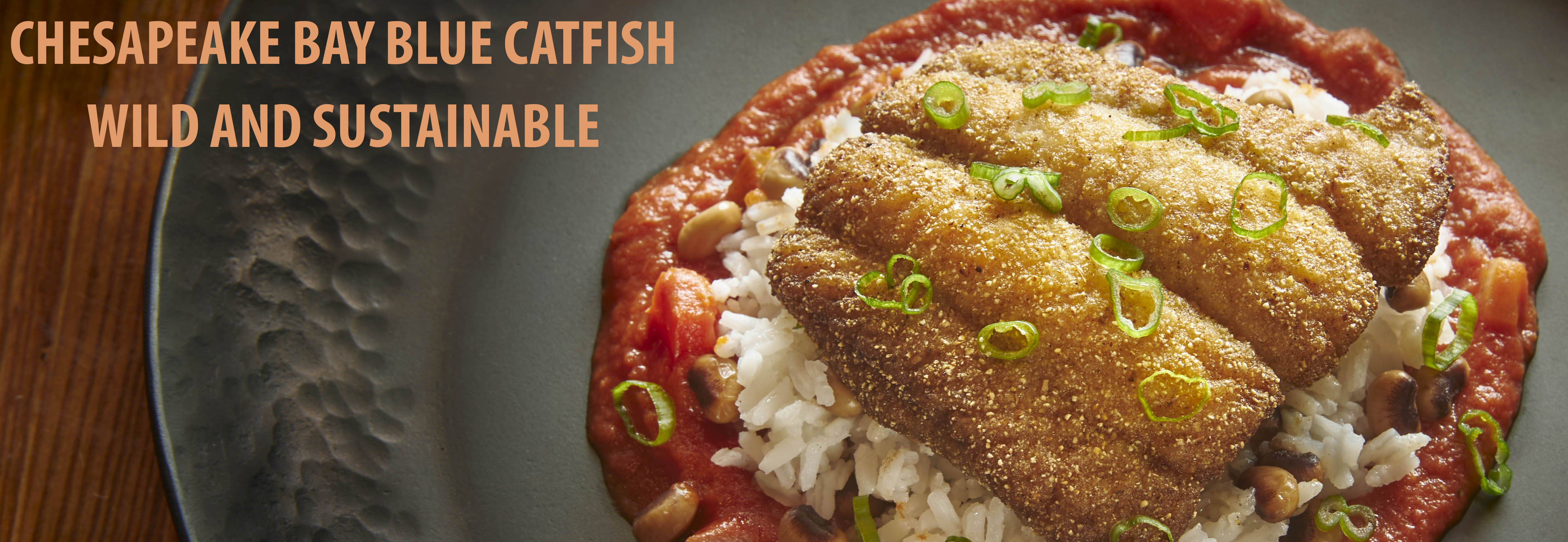October 18, 2022Getting To Know The Blue Catfish

The Blue Catfish or its scientific name, Ictalurus furcatus, can grow as large as 100 pounds, reach a maximum length of five feet, and lives around nine to ten years. Originally released in the Rappahannock, York, and James River basins in the 70’s and 80’s to create a new recreational fishery the Blue Catfish quickly became an out-of-control invasive species. Blue Catfish once were thought to be confined to the rivers that they were released in, but now it appears that they have had the ability to move through the Chesapeake Bay during years with heavier rainfall. The salinity level of the water lowers enough for them to navigate the bay in search of food settling in rivers, streams, and tributaries they were never meant to inhabit. Blue Catfish spawn rapidly and target a variety of Virginia’s species including Blue Crab, Oysters, Rockfish, Menhaden, Clams, and many more.
Because they eat off the water column unlike their bottom feeding relatives Blue Catfish has a sweet delicate taste that adheres well to many different cooking techniques, sauces, and seasonings. The Blue Catfish is a rapidly growing invasive species that even with an increase of harvesting will be able to sustain itself for years to come. Nearly three million pounds of Blue Catfish is harvested in Virginia waters each year and it’s still not enough to keep up with the population growth. The VMRC, PRFC, and NOAA all recommend increased consumption of the Blue Catfish. The VMPB is also taking an active role in promoting consumption of the Blue Catfish, being featured as the main item in this year’s trade shows, having appeared at Seafood Expo North America, The VA Food & Beverage Expo, and Seafood Expo Global. Eating more Blue Catfish presents a unique opportunity for the public to help native species rebound and cut down the numbers on an invasive species by enjoying a delicious meal. It’s a win-win!

